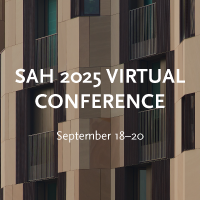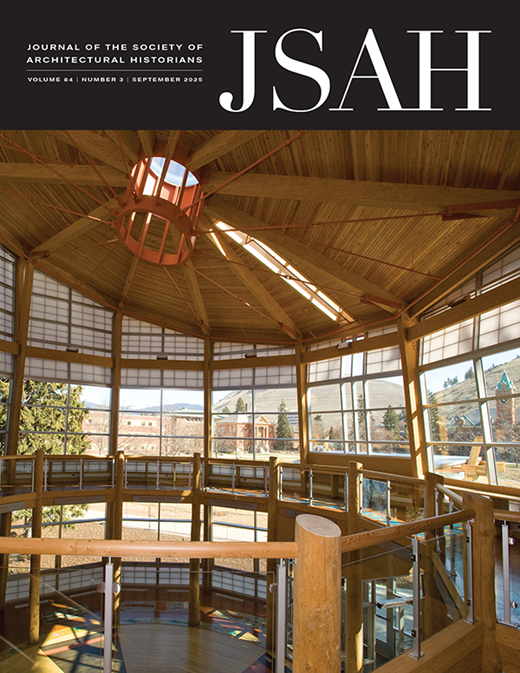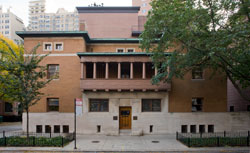-
Membership
Membership
Anyone with an interest in the history of the built environment is welcome to join the Society of Architectural Historians -
Conferences
Conferences
SAH Annual International Conferences bring members together for scholarly exchange and networking -
Publications
Publications
Through print and digital publications, SAH documents the history of the built environment and disseminates scholarship -
Programs
Programs
SAH promotes meaningful engagement with the history of the built environment through its programs -
Jobs & Opportunities
Jobs & Opportunities
SAH provides resources, fellowships, and grants to help further your career and professional life -
Support
Support
We invite you to support the educational mission of SAH by making a gift, becoming a member, or volunteering -
About
About
SAH promotes the study, interpretation, and conservation of the built environment worldwide for the benefit of all
SAH 78th Annual International Conference Recap
May 14, 2025
by
SAH News
Thank you to all who joined the Society of Architectural Historians in Atlanta for our 78th Annual International Conference, April 30–May 4, 2025. Explore stats and photo highlights from the conference including the Introductory Address, Awards Celebration, Sekler Talk, Closing Night Reception, and more.
| Attendees: 575 | Speakers: 340 |
| Countries Represented: 33 | Session Chairs: 86 |
| US States Represented: 38 | Papers Presented: 284 |
| Sessions: 56 | Exhibitors: 13 |
| Tours: 14 | Volunteers: 32 |
| Travel Fellowships: $75K total offered to 75 (18% of speakers and session chairs) |
We express our gratitude to each member, speaker, session chair, tour leader, volunteer, exhibitor, sponsor, and partner who helped us co-create a memorable conference. Our sincere thanks to Conference Chair, Mohammad Gharipour, and Local Co-Chairs, Christina E. Crawford and Elisa Dainese, for organizing an incredible array of educational sessions and meetings, along with tours, keynote talks, and events that enriched the conference program.
Business Meeting
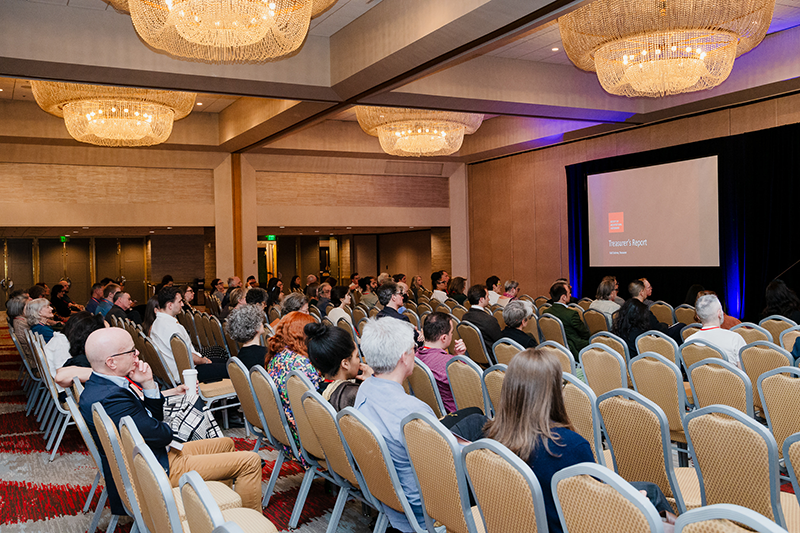
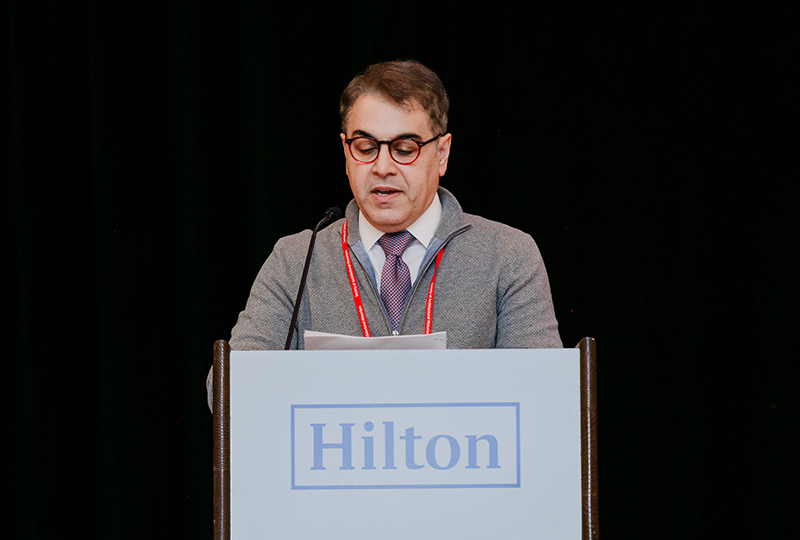
The 2025 Conference opened on the evening of April 30 with a brief business meeting to acknowledge a year of progress and settle business to prepare for another productive year. Members voted to accept and the following slate of Officers and Board Directors.
For OFFICERS, each to serve a one-year term, until April 2026:
- President: Mohammad Gharipour, University of Maryland
- Vice President: Swati Chattopadhyay, University of California Santa Barbara
- Secretary: Bryan Clark Green, Virginia Tech
- Treasurer: Gail Dubrow, University of Minnesota
For DIRECTORS, to serve a three-year term, ending April 2028:
- Macarena de la Vega de Leon, Universidad Politécnica de Madrid
- Didem Ekici, University of Illinois at Urbana-Champaign
- Geoffrey Goldberg, G. Goldberg + Associates—Architecture and Urban Design
- Pari Riahi, University of Massachusetts, Amherst
President Mohammad Gharipour's "State of the Society" address highlighted that while SAH can celebrate many successes — such as growing membership and the anticipated release of a new strategic plan — the Society also faces political, financial, and ideological challenges from within and without. He urged members to stay in conversation. “Like any family, we have our quirks, our debates… but staying together and supporting one another is how we thrive,” he said.
Gail Dubrow’s Treasurer’s report emphasized the presence of a budget deficit but counselled a positive outlook. SAH staff are taking on several cost-saving projects this summer. “Giving is important,” Dubrow said. “If you have capacity to give, please do so. Additionally, each of us can also maintain our membership and encourage others to join and renew their memberships annually.”
Awards
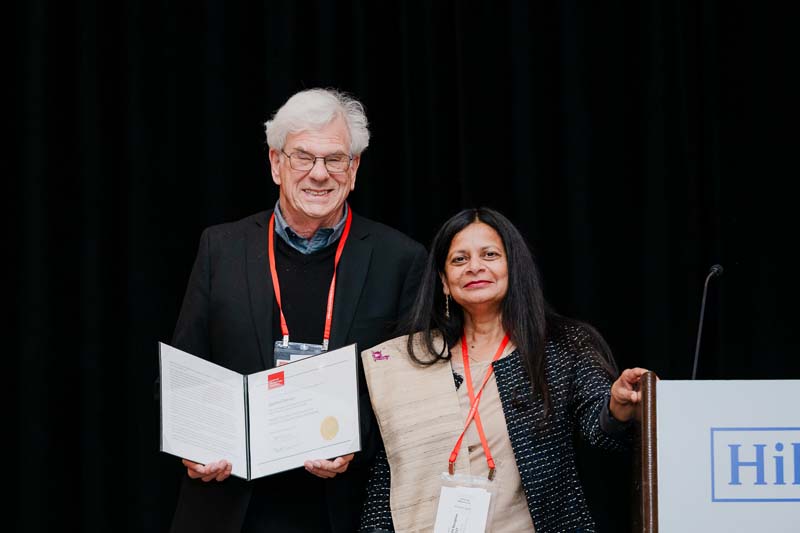
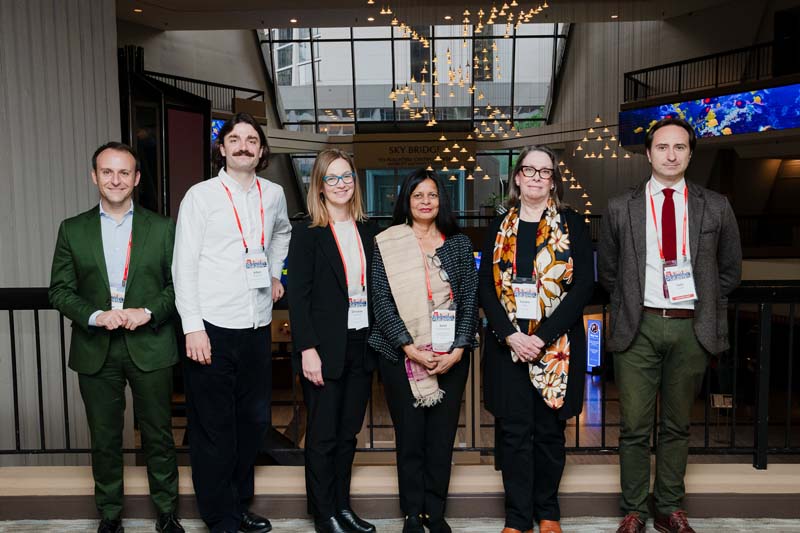
At its 2025 awards ceremony at 6pm, the Society announced the recipients of the 2025 SAH Publication Awards, the 2025 David B. Brownlee Dissertation Award, and SAH Award for Film and Video.
SAH introduced a new award this year, the Historic Interiors Article Award. This award was conceived by the SAH Historic Interiors Affiliate Group in 2022 and self-funded by its members. It fosters new approaches to the history of the interiors as both an independent line of scholarly inquiry and as an important aspect of the expanded study of the built environment. View the inaugural winners in the Publications Awards announcement.
The Society also formally honored its 2025 Fellow of the Society, Prof. Stephen Tobriner. SAH Fellows embody the best qualities of the profession and have distinguished themselves by a lifetime of contributions to the field. Tobriner was selected for his significant scholarly record, public service, and teaching in a long and impactful career.
Introductory Address
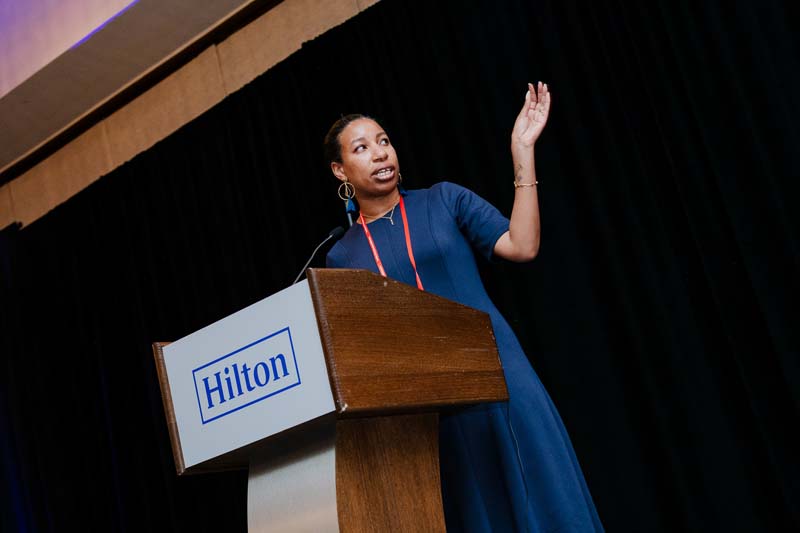
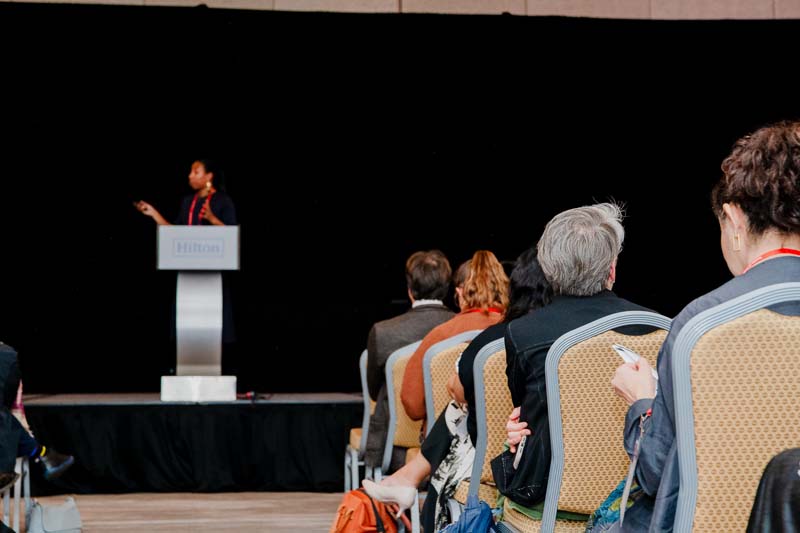
Akira Drake Rodriquez, Assistant Professor at the University of Pennsylvania’s Weitzman School of Design, offered opening remarks to ground our time spent in Atlanta. Her talk entitled, "The Fight for Housing and Racial Justice in 20th Century Atlanta," traced the history of public housing in the city and how it straddled eras of empowerment and mobility and later racism and exclusion.
Opening Night Reception
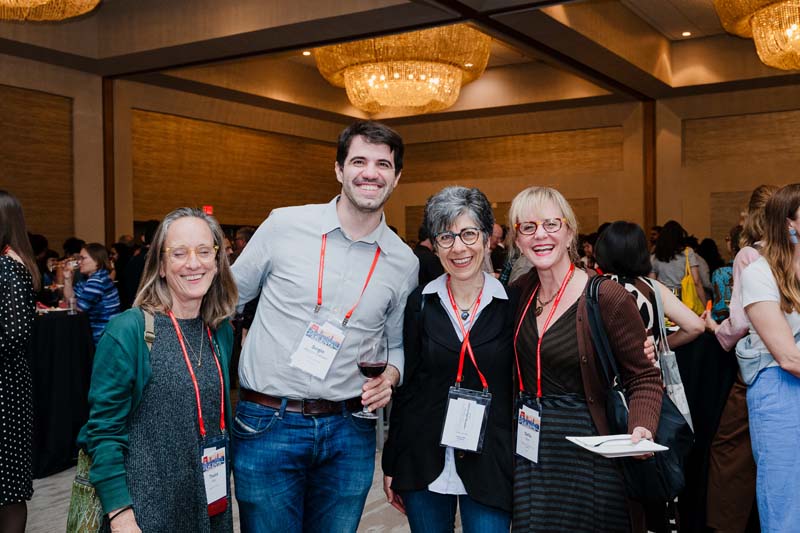
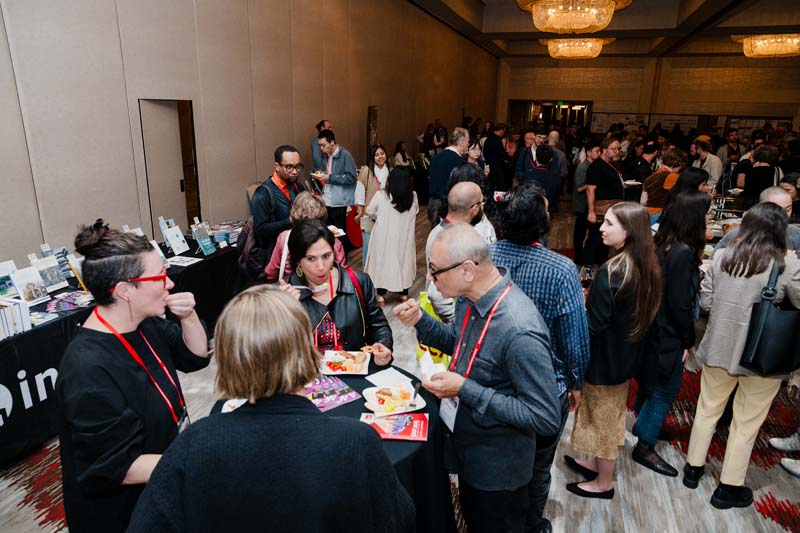
The exhibit area was buzzing with activity during the Opening Night Reception as conference attendees greeted lifelong colleagues and connected with new acquaintances. Exhibiting publishers shared their latest architectural titles with an eager crowd.
Paper Sessions
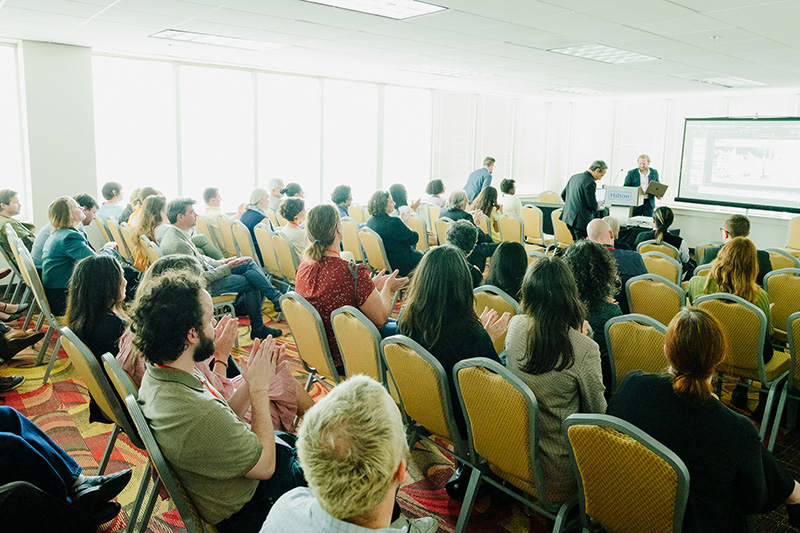
Speakers presented new research in the conference’s 48 thematic sessions, six open sessions, 13 posters, and the Graduate Student Lightning Talks.
Eduard F. Sekler Talk by Richard Jackson

From tuberculosis to diabetes and from heat islands to sidewalks, Dr. Richard Jackson regaled a full house with tales of the ways the built environment intersects with – and determines – our health.
“In my work as a doctor and a public health official, I so often must look at what went wrong in their environment to make people sick or unwell,” he said. “As architectural historians, you might do something similar. What went right or wrong to produce a certain effect?”
“We Americans spend 99% of our time existing in the built environments in one form or another —homes, offices, cars, highways, sidewalks, parks, etc. It’s worth studying these spaces and learning from their impacts on our behavior and health.”
Professional Development Workshops
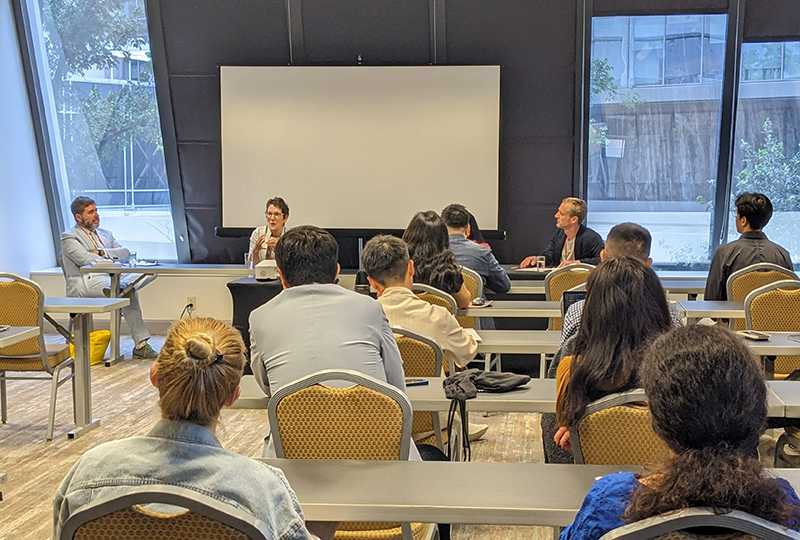
More than 80 graduate students and emerging scholars attended a series of six skills-focused to promote professional growth and collaboration among members at varying stages of their career. The most popular sessions concentrated on publishing one’s writing and finding funding to support research efforts.
Graduate Student Reception
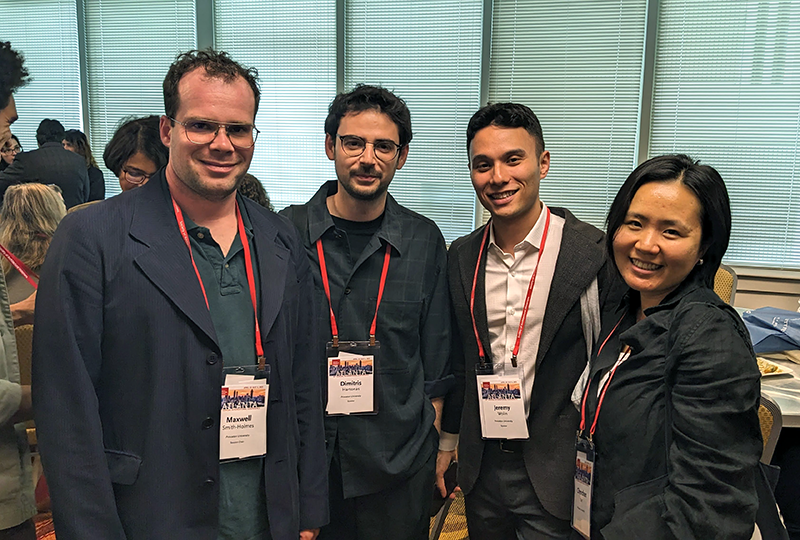
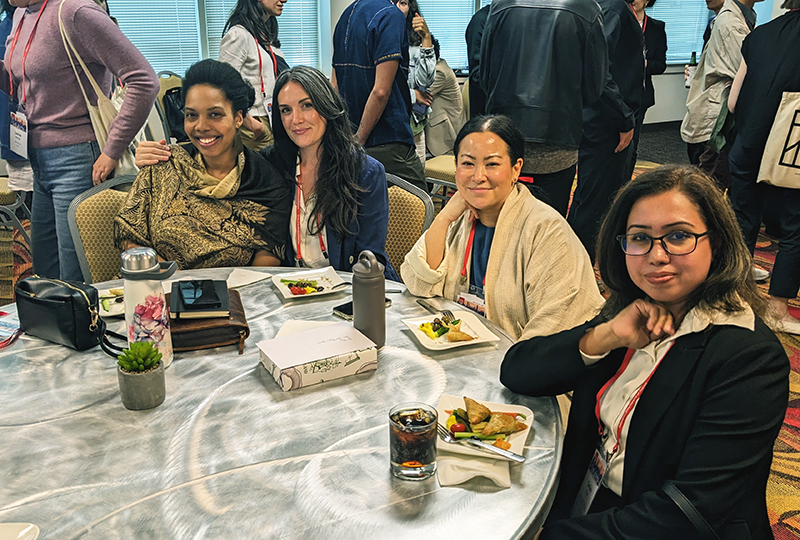
The free, students-only event immediately followed the Graduate Student Lightning Talks. It invited anyone currently pursuing a degree to meet one another and discuss casually on a peer-to-peer level their programs and projects.
Affiliate Group and Chapter Meetups and Workshops
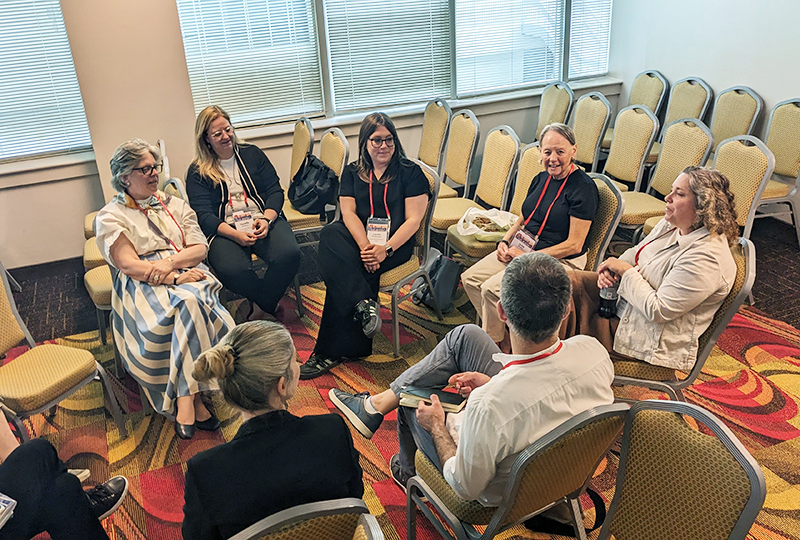
The Atlanta conference hosted more special-topic breakout sessions than any other conference in recent years. These events ranged from business meetings to panel discussions, and supportive focus groups to brainstorming sessions.
Groups meeting during the SAH 2025 conference were: Historic Interiors Affiliate Group, Indigenous Architecture Affiliate Group, Architecture Studies Affiliate Group, Asian American and Diasporic Architectural History Affiliate Group, Latin American Architectural Histories Affiliate Group, the SAH Landscape History Chapter, and the Minority Scholars Affiliate Group.
Special Events
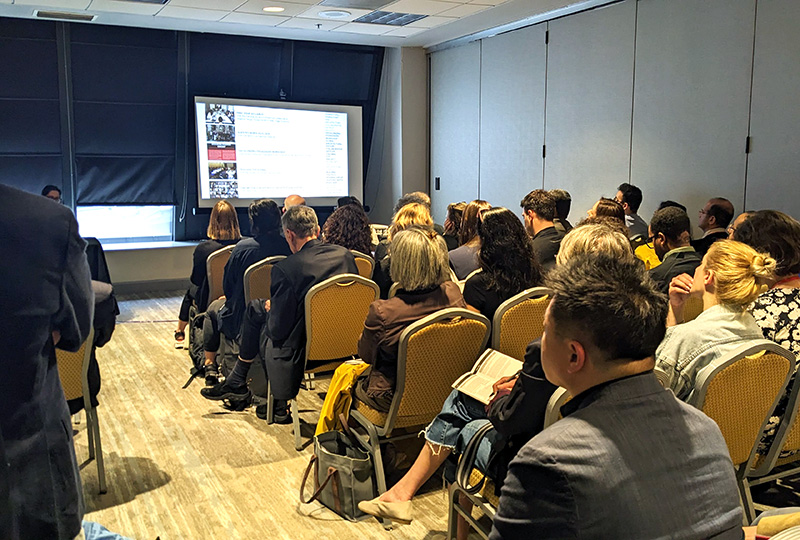
The Global Architectural History Teaching Collaborative (GAHTC) reflects on over ten years of contribution to the field of architectural history and the digital humanities. During a Pecha Kucha speed-presentation session, members shared how they have advanced their scholarship beyond their GAHTC-related works into broader and generative contributions to the field, further extending the impact of GAHTC.
The IDEAS in Challenging Times roundtables, held three times over three days, invited 2025 session chairs to discuss how they conceptualize inclusion, diversity, and sustainability in their research and to engage in open dialogue with attendees about the challenges and opportunities ahead. In each session, an hour or more of open dialogue spooled freely from the prompts offered by leaders from the SAH IDEAS Committee, who organized the roundtable.
Closing Night Reception
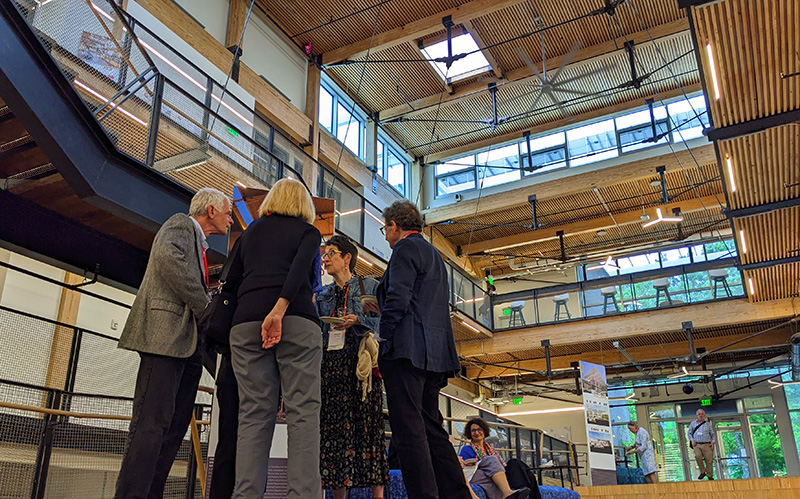
Another SAH Conference was ended with great conversations accompanied by a glass of wine and hors d’oeuvres. The evening farewell was set within the atrium of the Kendeda Building for Innovative Sustainable Design at Georgia Tech University. It is the first building in Georgia and just the 28th in the world to earn Living Building Challenge (LBC) certification, the world’s most ambitious and holistic green building achievement. The building is net-positive energy and water over the course of each year.
